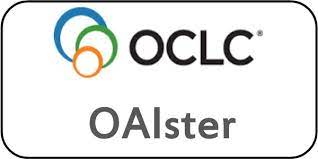Epidemiology, Clinical Presentation, Lab Diagnosis and Outcome of Scrub Typhus Outbreak in a Tertiary Care Center in Southern Rajasthan
Keywords:
Scrub typhus,, Rickettsiaceae, tsutsugamushiAbstract
Introduction: Scrub typhus is also known as tsutsugamushi disease or bush typhus. It is a mite-borne acute febrile illness
caused by Gram-negative intracellular organism called Orientia tsutsugamushi, which belongs to the family of Rickettsiaceae.
Aims and objectives: To study the epidemiological patterns, different clinical manifestations and complications associated with
scrub typhus. Material and methods: This was a prospective study which was carried out over a period of 12 months from
January 2019 to December 2019 in patients of scrub typhus admitted in various medical wards of MB Govt. Hospital and RNT
Medical College, Udaipur, Rajasthan. Observation and results: All the patients admitted with history of acute febrile illness
suspected to be scrub typhus were assessed in the study. All these patients were evaluated by the set protocol in the form of
detailed history, physical examination and relevant systemic examination. A total of 3,814 suspected patients of scrub typhus
were tested in our microbiology laboratory and 1,340 patients were reported positive. Out of these, only 480 patients who were
admitted in our medical wards were enrolled in our study and evaluated. Conclusion: We conclude that in rural Rajasthan,
any patient who presents with fever, myalgia, hepatosplenomegaly and multiorgan dysfunction syndrome, a diagnosis of scrub
typhus should be suspected
Downloads
Published
Issue
Section
License
All open access articles published in IJCP are distributed under the terms of the CC BY-NC 4.0 license (Creative Commons Attribution-Non-Commercial 4.0 International Public License). This license permits unrestricted use, distribution, and reproduction of the articles in any medium for non-commercial purposes, provided that: The original authorship is properly and fully attributed. The IJCP is cited as the original place of publication with correct citation details. If an original work is reproduced or disseminated in part or as a derivative work, this must be clearly indicated. No articles are reproduced for commercial use without prior consent from the IJCP. All licensing requests and permissions for commercial use will be managed by the Publisher.










